The Evolution of Office Style: 1900s - 1970s
The pandemic’s profound impact on the work culture of numerous brands and businesses is a prime example of how office style and design often reflects the world’s current events. Seeing so many of us have to adjust to a new workplace environment got us wondering how workplace style has evolved and why. Here’s what we found!
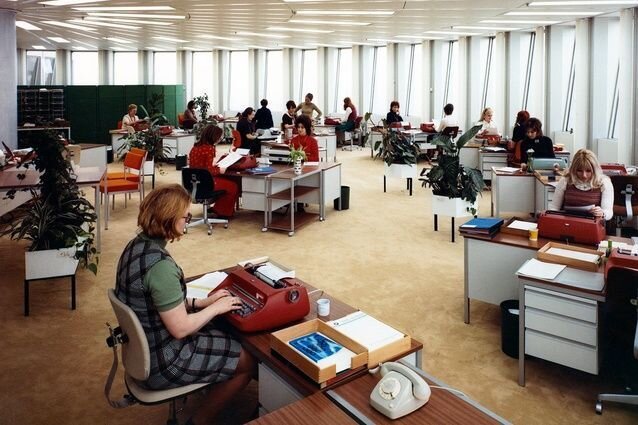
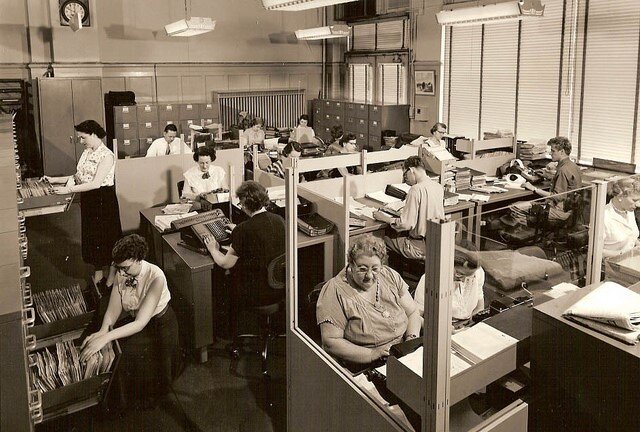
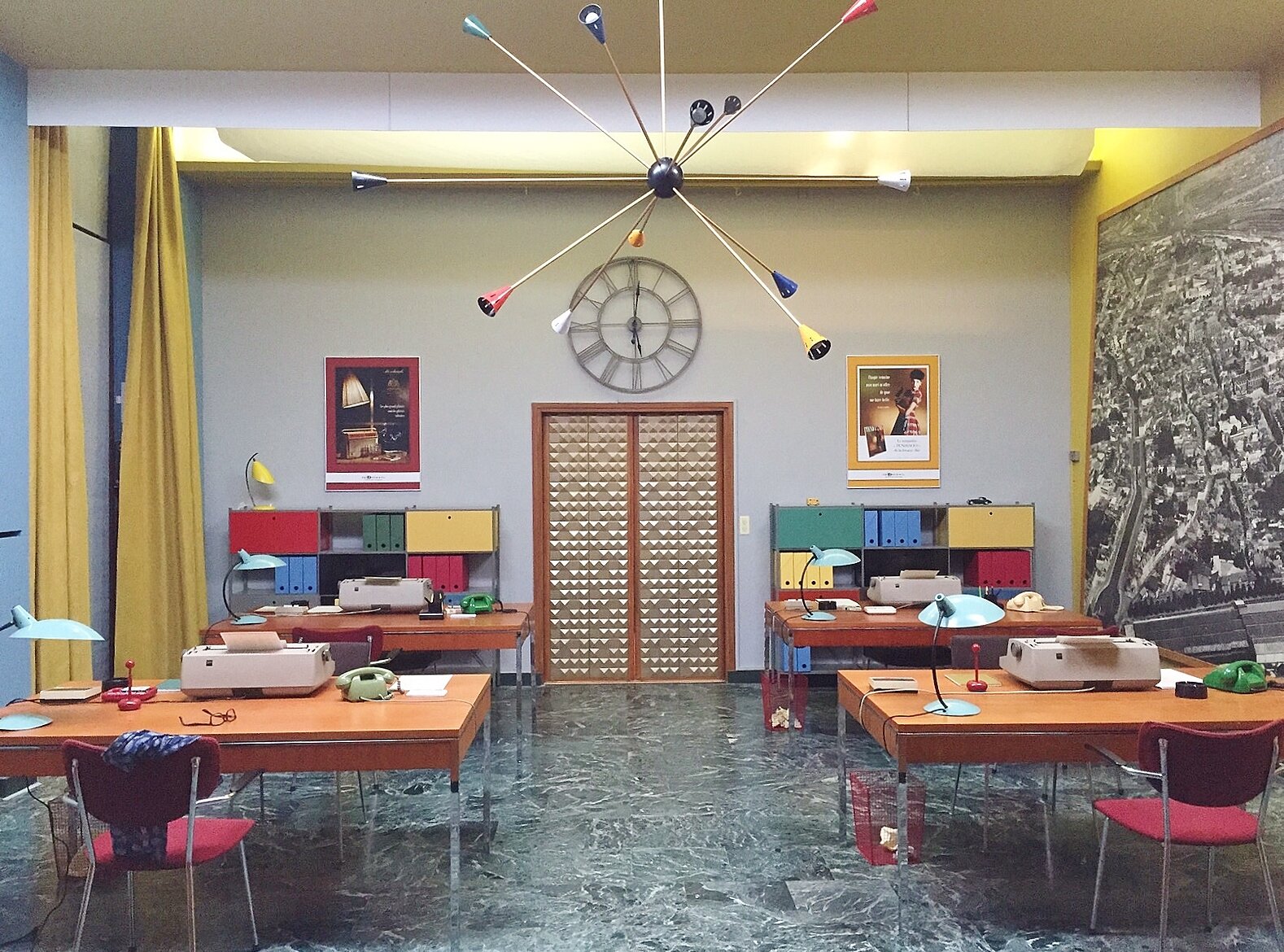
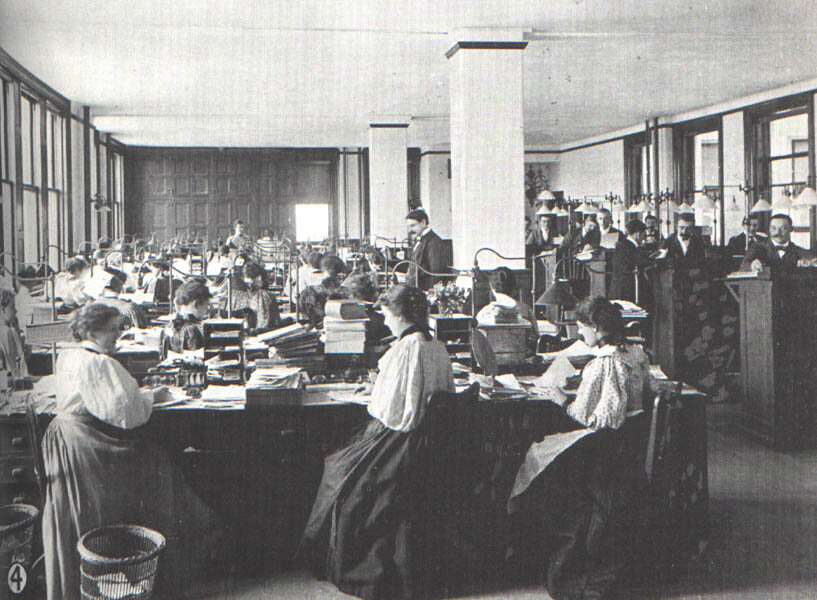
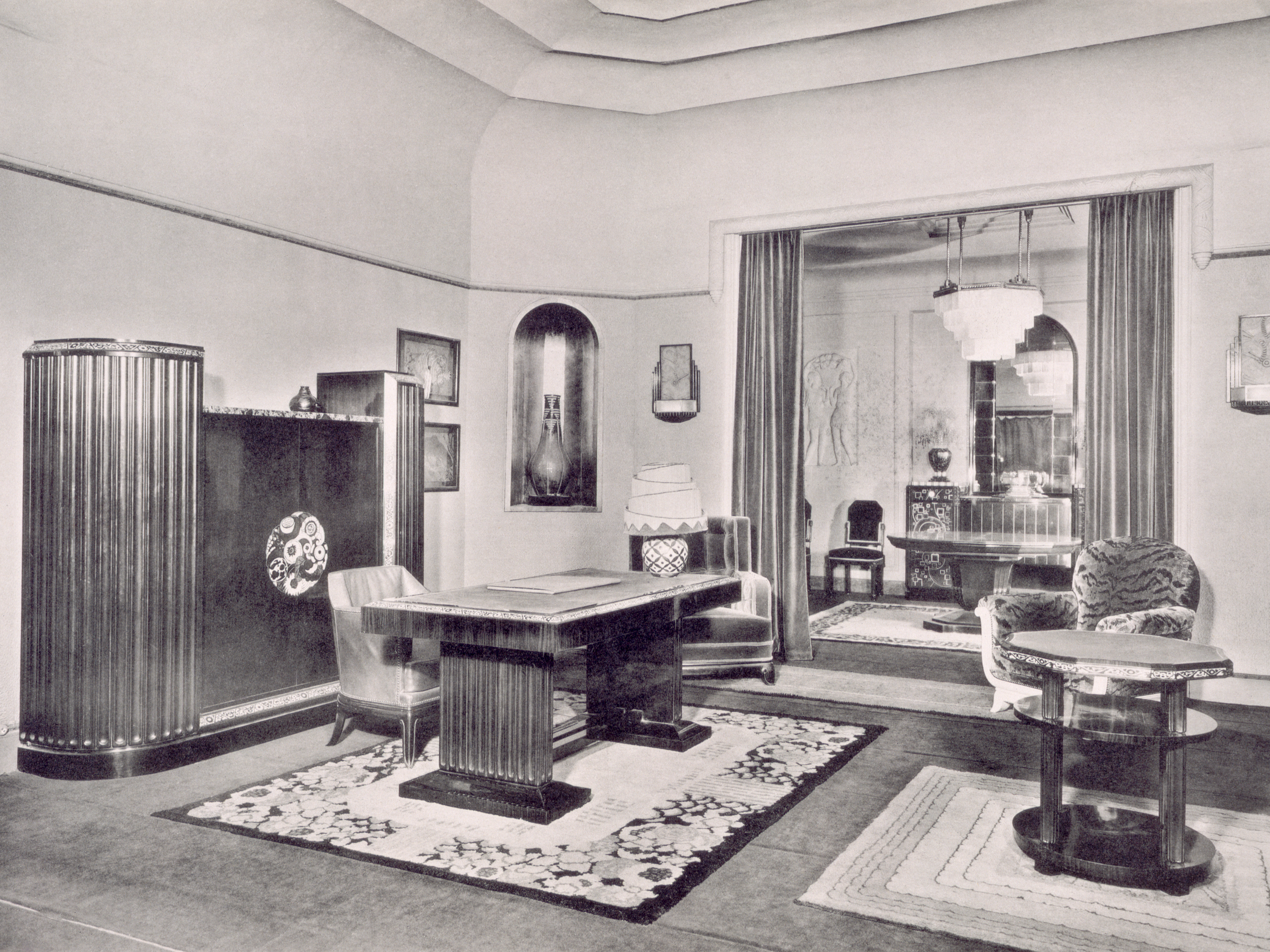
This month CI Solutions is teaming up with HER STYLE WORKS to take a look back at how office and workplace style has changed throughout the decades. See part 2 of our office place style blogs HERE.
Early 1900s
Office Design: American engineer Frederick Taylor is credited with being one of the first people to design an office space. He was one of the intellectual leaders of the Efficiency Movement that was highly influential during the progressive era of the late 1800s and early 1900s. Primitive office layouts were straight, linear and heavily influenced by the manufacturing industry. Much like on a factory floor, Taylor crowded workers together in an open-plan environment while those from the upper echelons of the organization looked on from private offices.
Office Culture: Rather than promoting efficiency, it was later realized that Taylorist layouts discouraged productivity, and seemed to generate discontent among employees. Despite this, the Taylorist layout lasted through both World Wars.
Dress Code: Women wore traditional gowns and men wore full suits. Americans not only dressed up for work in the 1900s — they covered up, too. Women and girls were expected to keep their legs hidden under long dresses or skirts.
Hours a Week: 56hrs/week
1920s-1930s
Office Design: The Art Deco style, which originated in France just before World War I, had an important impact on architecture and design in the United States in the 1920s and 1930s. It combined modern aesthetics, fine craftsmanship and expensive materials, and became the symbol of luxury and modernity. While rarely used in residences, it was frequently used for office buildings, government buildings, train stations, movie theaters, diners and department stores.
Office Culture: The efficiency of Taylorism in the early 1900s gave way to more creative work in the 1920s and ‘30s. Communication tools advanced as well. Phones and dictation machines were all dedicated to the most powerful people within the organization.
Dress Code: For women who worked professional jobs– such as teachers, secretaries, journalists, and telephone operators– a modest day dress or skirt and blouse set was worn. Men's fashion was characterized by extremely high-waisted jackets, often worn with belts. Lapels on suit jackets were not very wide as they tended to be buttoned up high.
Hours a Week: 50hrs/week
1950s
Office Design: Companies in the 1950s were rigidly structured, where high-ranking employees worked alone in private offices and the rest of the employees sat on an open floor. World Wars influenced the industrial-like feel.
Office Culture: It was common to smoke and drink at work, and with the majority of employees in the same open space, non-smokers were forced to breathe second-hand smoke all day. Men held high-ranking positions in the workplace while women most often worked as secretaries or shorthand-typists before they were married, after which they left the workforce to be full-time homemakers.
Dress Code: Work attire was business formal and conservative
Hours a Week: 43 hrs/week
1960s
Office Design: A three-walled space designed to be open while still allowing each individual employee privacy. This new office plan became popular and became widely-known as….the cubicle!
Office Culture: If you’ve seen Mad Men, then you’ve seen a pretty accurate depiction of offices in the 1960s. Martini-filled days that turned into indulgent nights! Furthermore, in 1963, the Equal Pay Act in the United States was signed into law by John F. Kennedy and aimed to eliminate discrimination and unequal pay based on gender.
Dress Code: Work attire was business formal and less conservative colors were accepted
Hours a Week: 41 hrs/week
1970s
Office Design: The cubicle, which was conceptualized and popularized in the 1960s, was by far the most dominant type of office in the 1970s. Ergonomic designs dominated the decade. Office designs continued to provide individual workers with greater measures of freedom to work autonomously and creatively. Computers began to find their way into the office, in those times as giant whirring machines that took up entire rooms.
Office Culture: The 70s ushered in a culture that was far more relaxed than previous decades. Long lunches, conversations by the water cooler, and frequent cigarette breaks were more accepted than they are considered to be today.
Dress Code: With the hippie and disco culture era among them, modest 70s fashion crept its way into the office through colors, patterns, and less formal silhouettes.
Hours a Week: 40 hrs/week
Sources: HubbleHQ, Open, Vintage Dancer, Business Insider Australia





